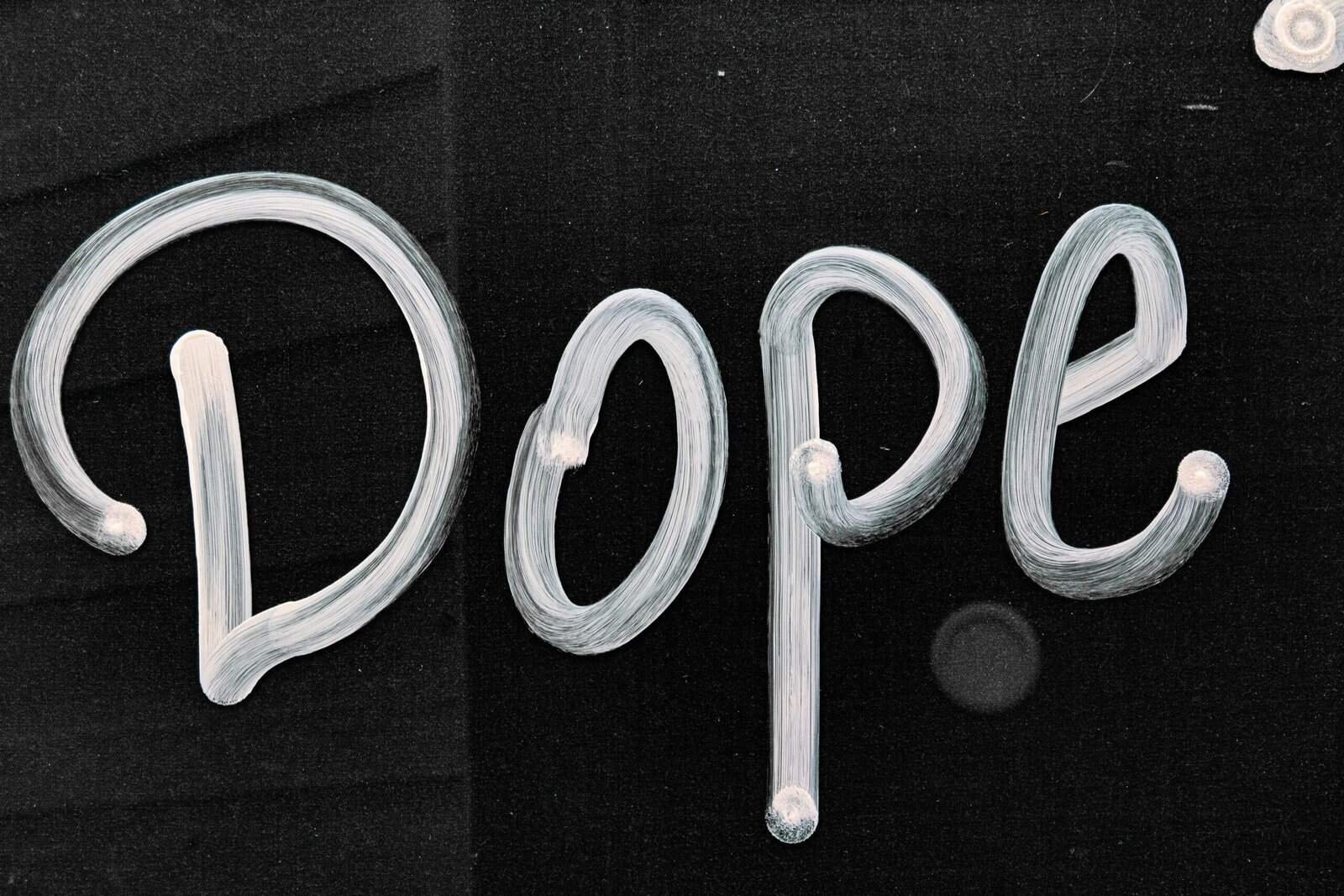Have you ever wondered what makes decentralized applications, or dApps, stand out in the world of technology? With the rapid advancement of blockchain technology, dApps have grown exponentially in popularity and use. They promise increased security, transparency, and autonomy—a stark contrast to their centralized counterparts. But what are these dApps, and which ones are truly making waves?

Understanding Decentralized Applications (dApps)
Before discussing the top dApps, it’s essential to understand what a dApp is. In the simplest terms, a decentralized application is a digital application or program that exists and runs on a blockchain or peer-to-peer network of computers instead of a single computer. This decentralized nature is what sets dApps apart, offering a new level of security and integrity.
Key Features of dApps
- Open Source: Typically, dApps are designed to be open-source, meaning their code is available for anyone to view, edit, and improve. This openness fosters collaboration and ensures transparency.
- Decentralization: Unlike traditional applications, dApps operate on a decentralized blockchain network, which ensures no single entity has control over the entire application.
- Incentivization: dApps often come with tokens that incentivize network participants. These tokens can be native cryptocurrencies that serve as a medium of exchange within the dApp ecosystem.
- Consensus Mechanism: To achieve consensus, dApps rely on a consensus mechanism, such as Proof of Work (PoW) or Proof of Stake (PoS), ensuring that all transactions and data within the app are valid and agreed upon by the majority.
Why Consider Using dApps?
The appeal of dApps lies in their ability to offer users greater control over their data, reduced censorship, and potential for increased functionality through smart contracts. Unlike traditional apps, dApps remove intermediaries, thus providing a direct link between users and service providers. The security attributes of dApps are also enhanced due to their decentralized and cryptographically secure nature.
Exploring the Top Decentralized Applications
Now that you understand what makes dApps unique, let’s delve into some of the top dApps currently shaping the tech landscape. These applications span various sectors, including finance, gaming, social media, and more.
Financial dApps
Finance is one of the areas where dApps have had a significant impact, particularly through decentralized finance or DeFi.
1. Uniswap
Uniswap is a decentralized exchange (DEX) that allows users to swap various Ethereum-based tokens. It operates using an automated liquidity protocol, meaning there’s no need for a central order book. By using smart contracts to ensure transactions are secure and reliable, Uniswap has revolutionized how crypto traders interact with digital assets.
2. MakerDAO
MakerDAO is a decentralized credit platform on the Ethereum blockchain that supports the creation of DAI, a stablecoin whose value is pegged to the US dollar. Users can lock their crypto assets as collateral to mint DAI, making it a crucial component of the DeFi ecosystem. MakerDAO empowers individuals with tools to leverage their assets without needing to go through traditional banking channels.
Gaming dApps
The gaming industry has been quick to adopt blockchain technology, using dApps to create innovative and immersive experiences.
1. Axie Infinity
Axie Infinity is a blockchain-based game where players collect and breed digital pets called Axies. These Axies can fight battles, be traded, or even be sold for profit. The game incorporates a play-to-earn model, where players earn cryptocurrency as they engage with the platform, making it both entertaining and profitable.
2. CryptoKitties
CryptoKitties made headlines for being one of the first games built on Ethereum, where users can breed, buy, and sell unique virtual cats. Each CryptoKitty is unique and owned by the user, guaranteeing its scarcity and value. The game helped demonstrate the potential of NFTs (non-fungible tokens) to a broad audience.
Social Media and Content Sharing dApps
Decentralized approaches to social platforms provide greater privacy and control over content.
1. Steemit
Steemit is a blockchain-based blogging and social media platform that rewards users with cryptocurrency for posting and curating content. Participants are incentivized to create high-quality content, as their earnings correlate with user interaction and votes received. This model empowers creators to receive fair compensation without needing to rely on advertising revenue.
2. LBRY
LBRY focuses on content sharing, enabling creators to publish their works in a decentralized manner. Creators upload content directly to the LBRY network, making it resistant to censorship and ensuring they retain control over their work. Audience members can access these works in return for LBRY credits, establishing a direct link between creators and consumers.
Other Noteworthy dApps
While finance, gaming, and social media represent significant dApp sectors, other applications are making noteworthy strides in diverse areas.
1. Brave Browser
Brave is an open-source web browser that blocks ads and website trackers, integrating blockchain technology to provide users with a safer and faster browsing experience. Users can receive Basic Attention Tokens (BAT) for viewing privacy-respecting ads, giving them monetary control over their engagement with online content.
2. Augur
Augur is a decentralized prediction market platform on Ethereum, allowing users to create and trade event derivatives. By harnessing the wisdom of crowds, Augur enables users to bet on the outcomes of various events, from sports matches to political elections. The decentralized nature ensures transparency and mitigates the risk of manipulation.

Challenges Facing dApps
Despite their advantages, dApps face challenges that need addressing for wider adoption.
Scalability Issues
Blockchain technology, fundamental to dApps, encounters scalability challenges. As more users join the network, transaction speed and costs can suffer. Layer two solutions and more efficient consensus algorithms are being explored to mitigate these issues.
User Experience Hurdles
The user interfaces of many dApps can be complex and intimidating for new users unfamiliar with blockchain technology. Developing intuitive interfaces that offer seamless experiences will be critical for mainstream adoption.
Regulatory Concerns
As dApps disrupt traditional industries, they often face regulatory scrutiny. Governments and regulators are figuring out how to appropriately address these new technologies, balancing innovation with consumer protection.

How to Get Started with dApps
If you’re considering venturing into the dApp ecosystem, here are a few steps to guide you.
Setting Up a Wallet
To interact with dApps, you’ll need a cryptocurrency wallet. Popular options include MetaMask for Ethereum-based dApps and Trust Wallet, which supports multiple blockchains. A wallet will enable you to manage your digital assets and perform transactions within the dApp.
Choosing the Right Platform
Determine which blockchain best suits your needs. While Ethereum remains the most popular platform for dApps, alternatives like Binance Smart Chain, Polkadot, and Solana are gaining traction due to their unique features and scalability.
Exploring dApp Marketplaces
Once set up, explore dApp marketplaces like State of the dApps, DappRadar, or DeFi Pulse to discover and interact with various applications. Such platforms provide insights into user activity, transaction volume, and application rankings, helping you make informed decisions.

Conclusion
Decentralized applications have the potential to transform numerous industries by offering innovative solutions to longstanding challenges. As dApp technology evolves, it empowers users by granting them unprecedented control and value over their digital interactions. While hurdles remain, the potential of dApps is undeniably promising, inviting you to explore this new frontier of digital innovation. Whether you’re interested in finance, gaming, or social media, there is a dApp ready to meet your needs—and perhaps even to inspire your curiosity.
What are your thoughts on dApps? Have you used any of these applications, or are there others you think deserve recognition? As the landscape of decentralized technology continues to grow, the possibilities for what it can achieve are almost endless.

